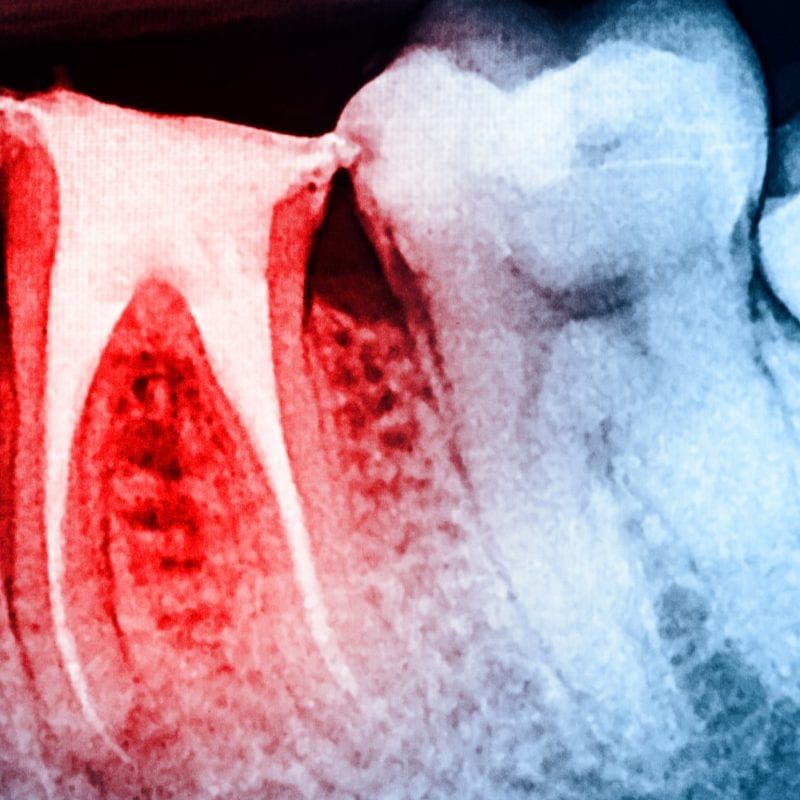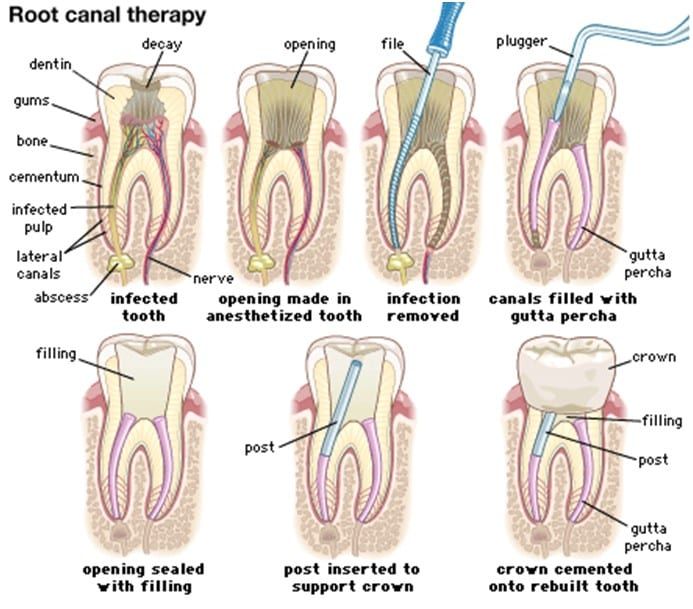Endodontists working in their field will sometimes have to prepare for a cancer diagnosis, especially when the early warning signs of oral cancer begin to appear. During these stages, it is vital to perform a thorough examination to determine the type and severity of the tumor and inspect areas not normally looked at during regular examinations. Oral cancers can occur in many different areas of the mouth and facial regions, and during these times, endodontists need to take special precautions and provide the best resources possible for these cases; below, we’ll be looking into the protocols and procedures recommended in these cases to help patients have the most positive outcome.
The Types of Cancer and How They Influence Oral Treatment
To best help the patient who is at risk of tumor or cancer, it’s important to provide the most accurate diagnosis possible. Dentists in this position can provide diagnostic tests to locate the immediate issue and see if cancer has spread to other parts of the body. The following tests can be performed to diagnose the type of cancer present:
- Endoscopy: Endoscopies allow dentists to view insight the mouth and throat through a thin, flexible tube to check areas of the head and neck. The view lens can allow for more detail to be seen for a more direct observance of the tumor, its location, and potential diagnosis.
- Oral brush biopsy: Biopsies involve removing a small amount of tissue to be examined under a microscope. For dentists, this usually involves removing the small amount through the use of a toothbrush with cells along the area and then sending it off to a pathologist or oncologist to be able to determine its cellular makeup and diagnose the disease.
- Barium Swallowing Tests: Barium swallowing tests help determine the health of the oropharynx. Through this test, patients swallow small portions of liquid barium to allow the dentist or doctor to look for changes within the oral cavity structure and see whether the liquid passes easily to the stomach. This method allows dentists and doctors to observe signs of blockage along with the mouth and esophagus and help determine the type of cancer.
- HPV Testing: HPV has been linked to the risk of certain types of oral cancer, and thus HPV testing allows the dentist or doctor to determine cancer’s stage and treatment options that are most likely effective. These tests are usually combined with regular examinations and tests, such as x-rays, MRI scans, physical examinations, and CAT scans, to allow dentists to observe the different angles, details, and locations of the tumors to determine the cancer type. For patients faced with the possibility of oral cancer, it’s important to know what types of cancers could affect the face and mouth that could be potentially diagnosed. These cancers include:
- Lymphoma: This type of cancer typically occurs within the lymph node regions and can also appear around the oral cavity.
- Mucosal Melanoma: Mucosal melanoma is a type of cancer that appears within the mucous membranes found throughout the body. One of the most common types of mucosal melanoma is found within the mouth.
- Sarcoma: Sarcoma cancer affects the tissues such as fat, nerves, bones, fibrous tissues, and blood vessels, and sarcoma cancer can also appear within the mouth.
- Minor Salivary Gland Cancer: There are multiple types of carcinomas, and with certain types, they can also appear within the salivary glands throughout the mouth. Overall, dentists looking into the signs of oral cancer would need to look at the lips, mouth, tongue, salivary glands, throat, gums, and facial regions to observe signs of cancer. From there, the stages and grades of those cancers need to be further diagnosed its severity and help determine treatment options. These include terminologies such as:
- Primary Tumors: Tumors, abbreviated as “T” within the stage system, are used to describe the size and location of the tumor, measured within millimeters and centimeters, and each stage is divided into smaller groups to describe the tumor in further detail, including how advanced it is within the area, whether or not it has nearby structures, whether it has begun to invade the muscles and bones, and how many layers have the tumor reached through.
- Regional Lymph Nodes: The assessment of the lymph nodes, marked as “N” within the system determines the clinical and pathological infections of the cancer cells within the lymph nodes. Assessing the stages of lymph node invasion helps determine the speed and rate at which the cancer is affecting the lymph nodes, which are essential for fighting off infection.
- Metastasis: Metastasis refers to the rate at which the cancer spreads, described as “M” within the rating system. If signs of cancer are seen throughout other parts of the body, then the cancer is going through metastasis.
- Grades: Grades, referred to as “G” within the system, determine the health of cells when viewed under a microscope compared to normal cells. The grades determine the differentiation of the cancer cells and how much they resemble normal tissues.
Managing Oral Cancer Alongside Endodontic Treatment
Because of the complexity and gravity of oral cancers, endodontists often have to go through extensive protocols to be able to manage their patient’s health. For patients going through oral cancer therapy and requiring treatments from an endodontist, certain treatments can be provided to help alleviate certain side effects of chemotherapy and radiation therapy. These treatments include:
- Oral Mucositis Management: Oral Mucositis is a common side effect of cancer therapy. The degree of this condition depends on the fields of radiation used, resulting in lesions of the mucous cells. These lesions can be treated with topical anesthetics such as lidocaine, benzocaine, dyclonine, and capsaicin, and in severe cases, hospitalization may be required.
- Dry Mouth Management: Signs of dry mouth are also a common side effect of cancer therapy due to the irreversible damage to the salivary glands. Early symptoms of dry mouth from cancer treatment can be managed with salivary stimulants, cavity treatments, custom administering trays, and diet changes.
- ORN Management: ORN, also known as osteoradionecrosis, is exposed bone and loss of the mandibular jaw bone, depending on the cancer staging, doses of radiation, and oral hygiene levels. Periodontal procedures, deep scaling, flap surgery, and coronal restorations are applied in these cases.
To learn more about your options, visit your dentists, oncologists, and treatment centers regularly for information about oral cancers and available treatment options to work towards better recovery.






